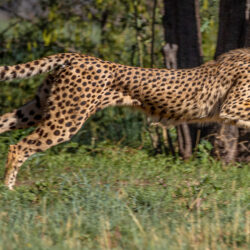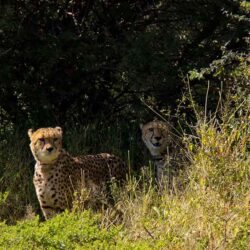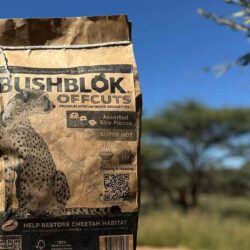Why Helping People Is Key to Saving the Endangered Cheetah
-

- by Dr. Laurie Marker March 3, 2021
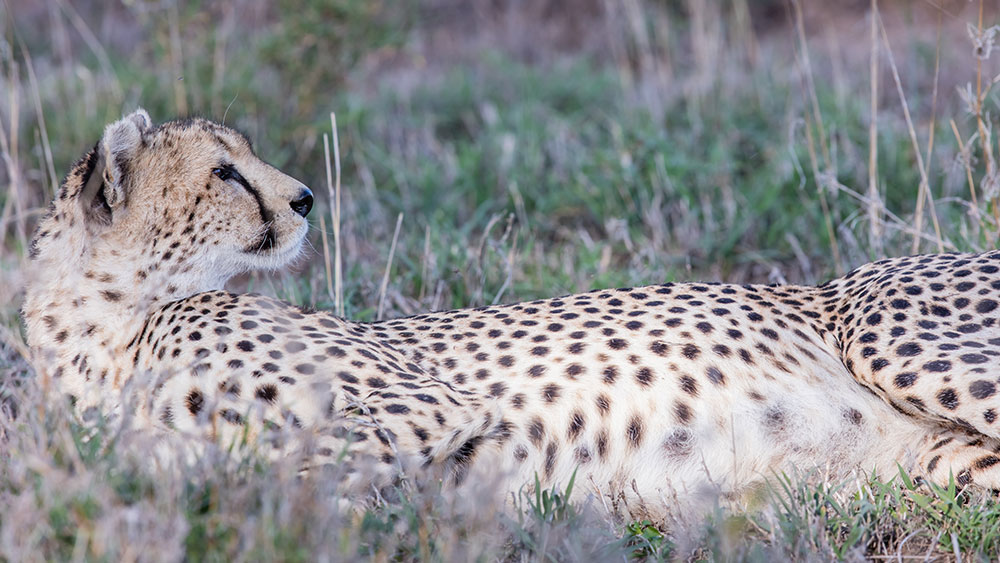
People like cheetahs. Cheetahs are the world’s fastest land animal, capable of reaching speeds of 70 miles per hour. They are beautiful. They are the only big cats that can purr. They have fascinated people for over 4,000 years. Helping people live side by side with cheetahs is the key to Africa’s most endangered big cats’ survival.
Children around the world learn about the cheetah and its remarkable speed. It’s astonishing how many facts even the youngest children can recite about the cheetah. However, most people around the world don’t know how critically endangered the cheetah is — with numbers down from 100,000 in the wild in 1900 to fewer than 7,500 today.
If the cheetah loses its race for survival, the American Prong-horn Antelope will become the fastest land mammal, and all those textbooks naming the cheetah as the fastest land animal will need to be changed. More importantly, entire ecosystems are disturbed when a top predator like the cheetah is removed.

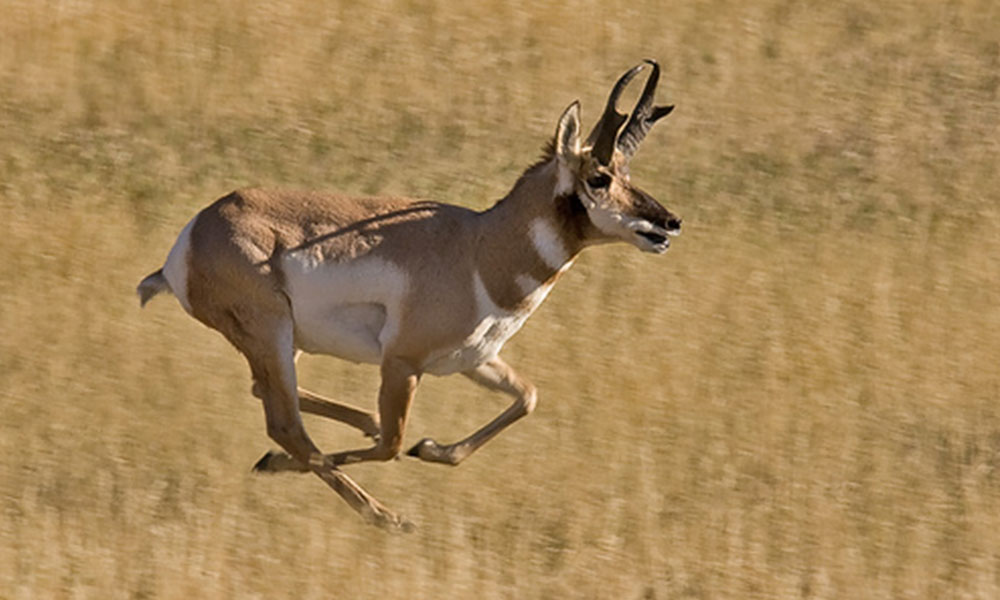
How did the American Prong-horn antelope become the second fastest animal on earth? A little known fact about the cheetah is that it originated in North America about 4 million years ago, migrated across most continents, and later became extinct in North and South America. Now it is viewed as an African big cat, but it used to roam most of the world. Its ancient prey, the Prong-horn Antelope, continues to run at speeds of up to 60 miles per hour, even though there are no natural predators that can catch it.
Saving the cheetah can be a valuable proposition for people who share their land with the species. People who live in cheetah-range countries must be given the tools to live side-by-side with cheetahs and other predators, without risking their livelihoods. Losing even one goat affects livestock ranchers greatly, thus providing them with non-lethal predator methods improves lives, for people and the cheetah.
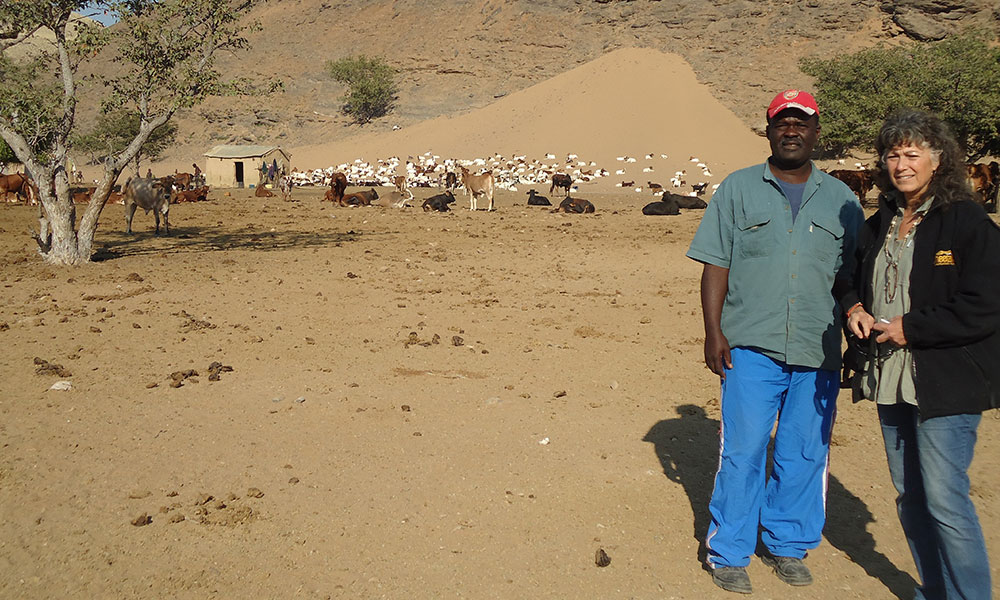
When I founded CCF in 1990, it took time for the rural landowners to understand my mission to save the cheetah. I began by conducting a two-year survey of every farm in Namibia, asking respectfully why the cheetah was loathed, and what evidence was there that the cheetah was responsible for all the reported livestock losses. I listened, and shared simple ways that farmers could protect their livestock from predators in non-lethal ways. Based on these conversations, I also began planning to introduce some farmer education programs. I wanted to help farmers have more economic freedom by providing the tools to expand their income and diversify their production.
One very effective means of predator protection has been CCF’s Livestock Guard Dog (LGD) Program. Yes, dogs are helping big cats, and it’s working! CCF has conducted extensive research into LGDs for predation prevention at our own Model Farm. The dogs have proven to be 80 – 100% effective in preventing livestock losses due to predation by barking loudly when predators like cheetahs are nearby.
At our Model Farm CCF breeds and raises goats and sheep. CCF’s LGDs are raised alongside the herds so that they bond with livestock and learn to protect them. Holding big herds of dairy goats means we produce a lot of milk. At CCF we make cheese, fudge, ice cream and other non-perishable dairy products like soap with the goat milk at our Dancing Goat Creamery. The Model Farm and Dancing Goat Creamery are hands-on training facilities where (pre-COVID-19) we usually welcome farmers and university students year-round. When tourists are able to visit our Research and Education Centre, they can enjoy the efforts of all this livelihood development by having a refreshing treat at our Cheetah Cafe’.
Over the years we have expanded our livelihood development program to include: grape growing at CCF’s vineyard (see the video below), jewelry and craft making, vegetable gardening at CCF’s greenhouses (including hydroponic beds), biomass energy production and beekeeping at our apiary. We look forward to developing these initiatives further and helping more farmers successfully live alongside predators like the cheetah.
Related Reading
-
October 14, 2025
Cheetahs Were Born to Run -
July 3, 2025
Double Your Donation During July and August

